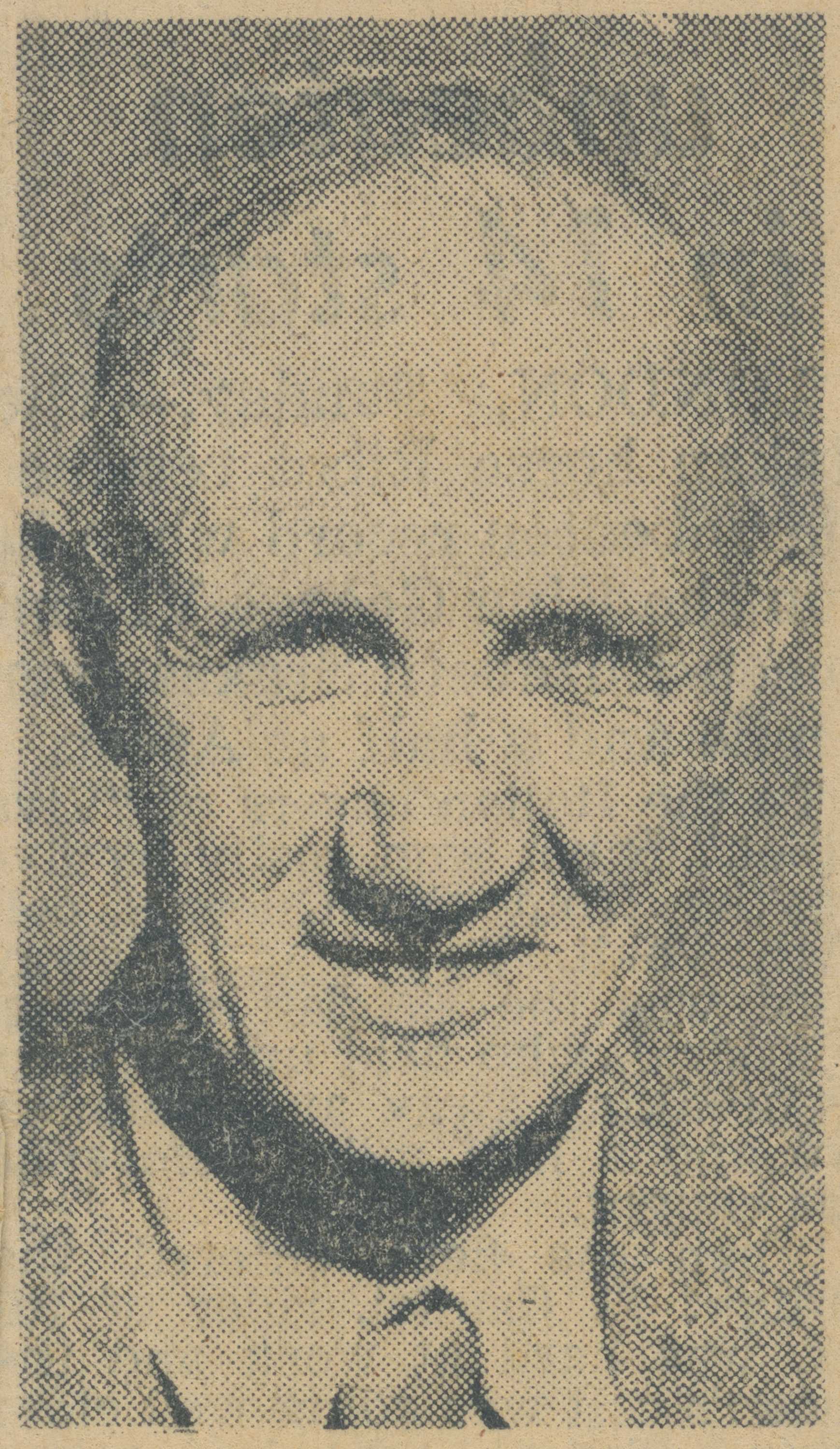

Display No. 1H
TURNER, Charles Robert
Charles Turner was a merchant seaman and a member of the Royal Naval Reserve prior to the outbreak of the First World War. He was undergoing training at the Royal Navy Gunnery School in August 1914 when he was mobilised and sent to Antwerp, Belgium.
Turner served in the Royal Naval Division, Anson (8th) Battalion in Flanders from August to November 1914. After his time in the trenches he volunteered for service in Q ships, merchant ships heavily armed with concealed weaponry. These vessels were used to lure submarines to the surface, exposing them to an attack. Turner served in the Q-ships HMS Penshurst and Pargust.
Turner immigrated to New Zealand in 1921 and served with the permanent forces.
Awarded medal(s)
Medal Description [Left to Right]:
The 1914 Star

The 1914 Star was the first of a series instituted between 1917 and 1919 to recognise service in the First World War (1914-1918). It was awarded for service in Belgium and France between 5 August 1914 and 22 November 1914. Sometimes referred to as the ‘Mons Star’. One clasp was issued bearing the dates “5th Aug.- 22nd Nov. 1914”, to those who had actually been under fire in Belgium and France in this period. This is the first medal for which the clasp was sewn onto the medal ribbon. The ribbon’s red, white and blue shaded and watered bands represent the flag of the United Kingdom.
The British War Medal

The British War Medal was instituted in 1919 to recognise the successful conclusion of the First World War (1914-1918). Its coverage was later extended to recognise service until 1920, recognising mine clearing operations at sea, and participation in operations in North and South Russia, the eastern Baltic, Siberia, the Black Sea and the Caspian Sea.
The Victory Medal

The Victory Medal was awarded in the First World War to all those who had already qualified for the 1914 Star or the 1914-15 Star, and to most persons who had already qualified for the British War Medal. The Victory Medal was awarded to all New Zealand troops serving overseas, except for those who arrived in Samoa after 30 August 1914 and those serving in Great Britain only. It has a unique double rainbow ribbon.
A bronze spray of oak leaves on the medal ribbon denotes that the recipient was Mentioned in Despatches during the period that the medal recognises. To be Mentioned in Despatches a member of the armed forces has had their name mentioned in an official report, written by a superior officer, and sent to a higher command. The report would describe the individual’s gallant or meritorious action in the face of the enemy.

